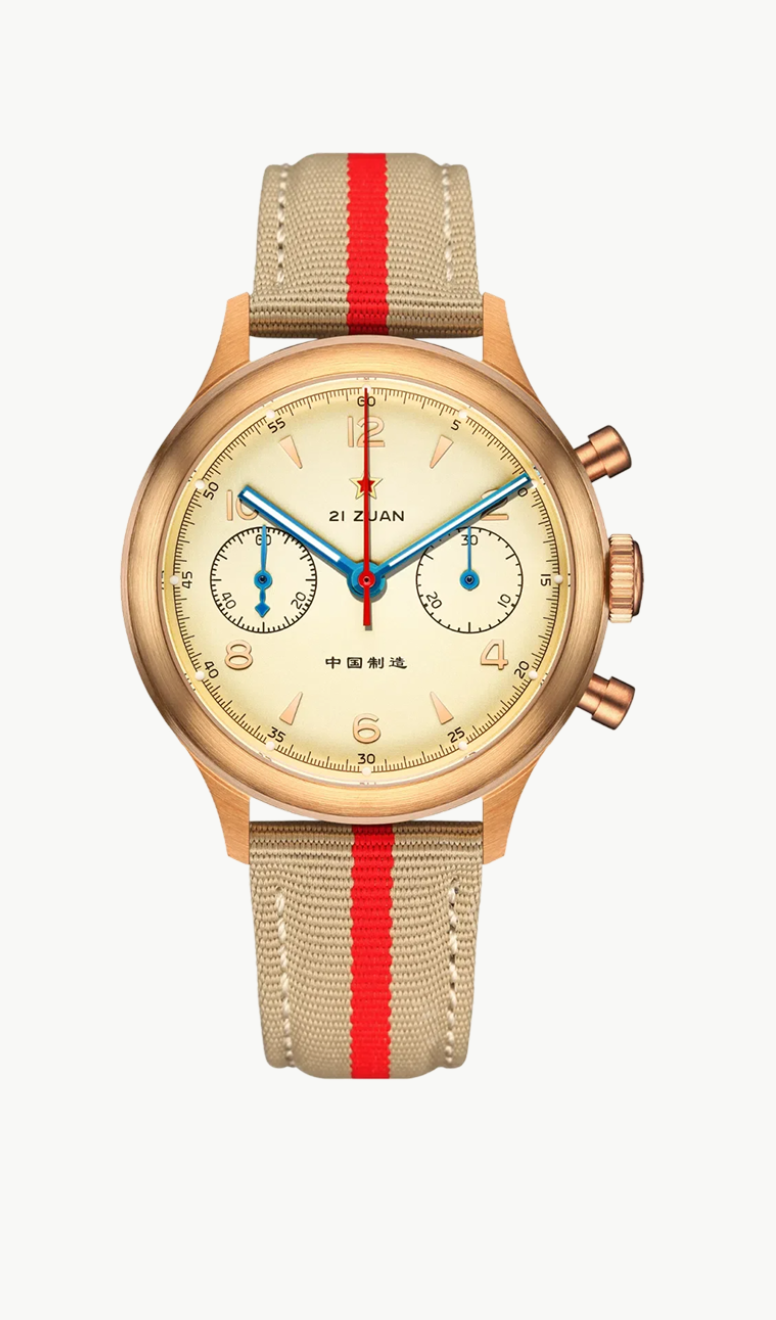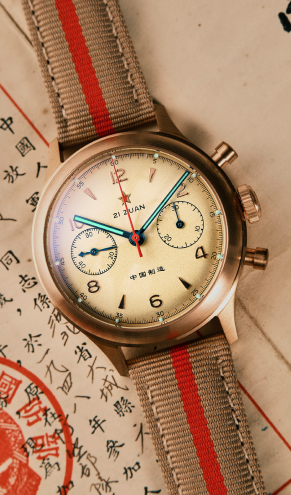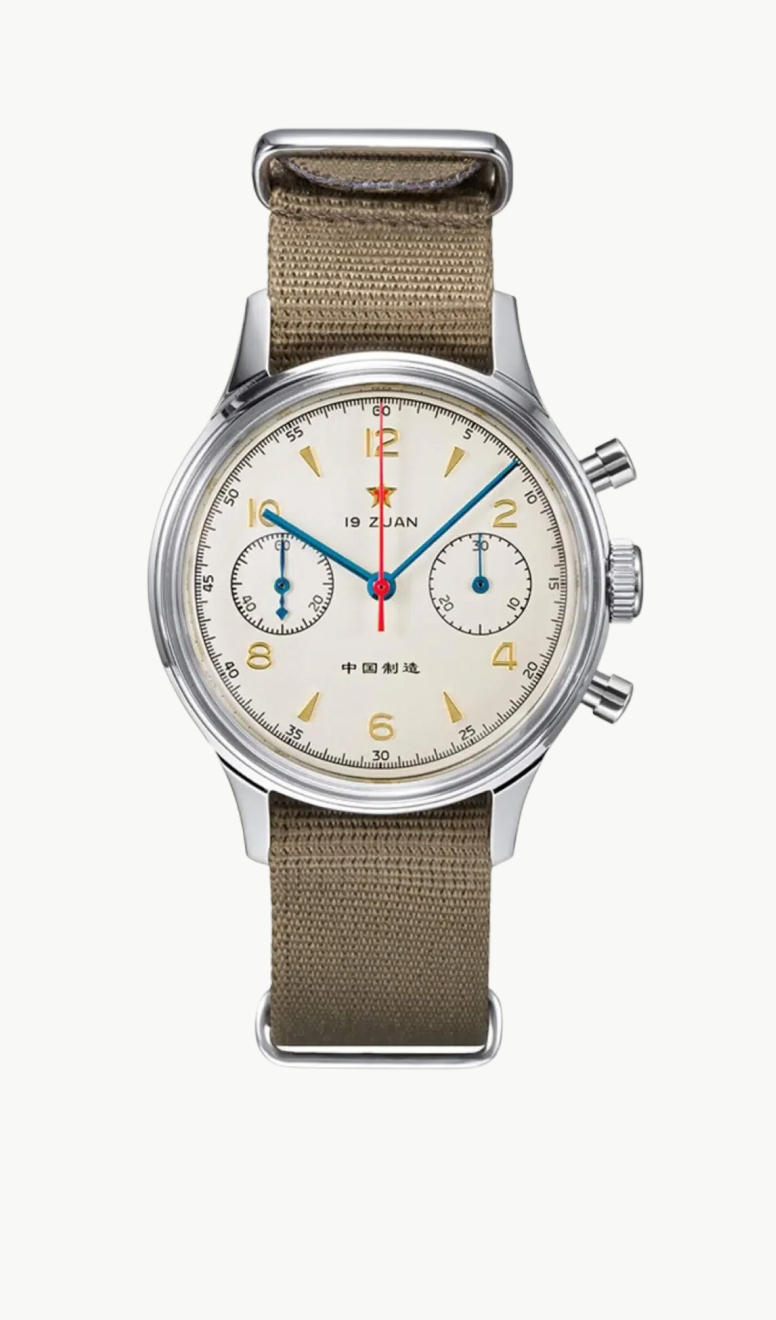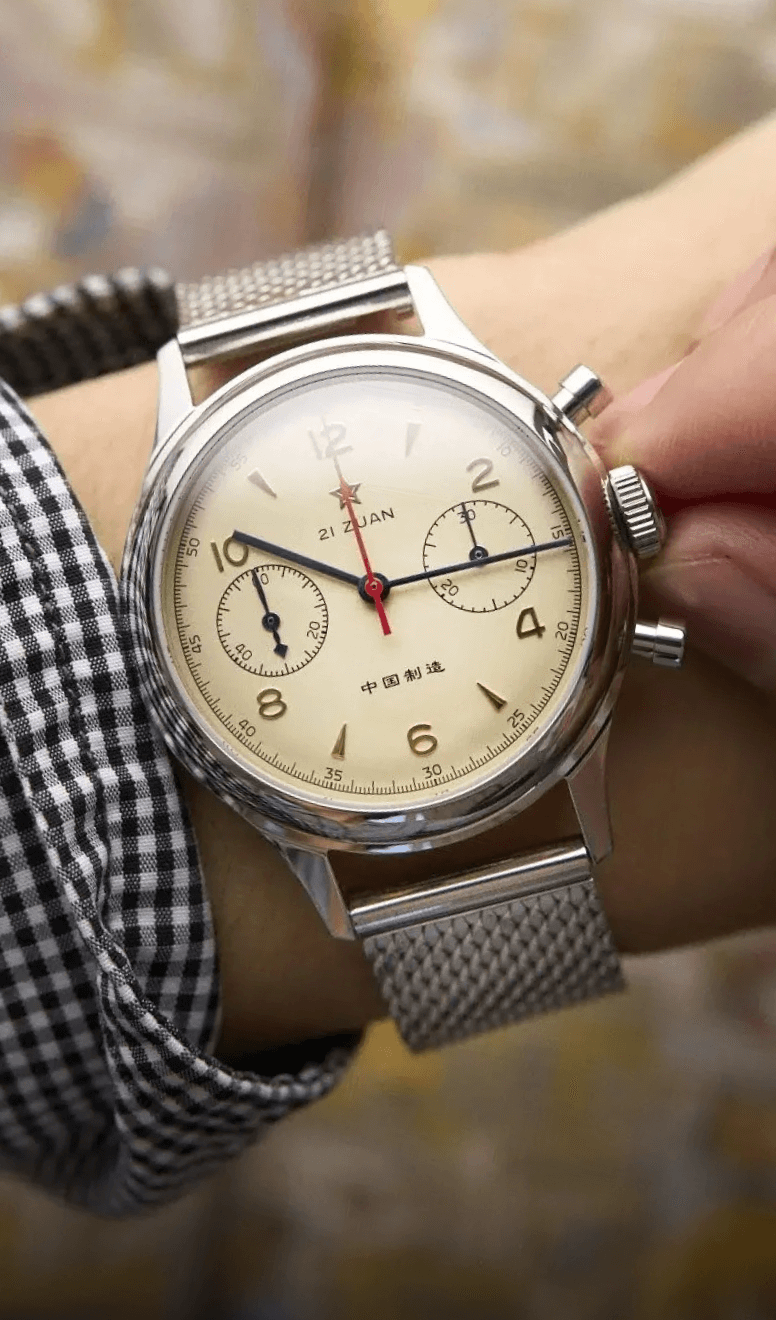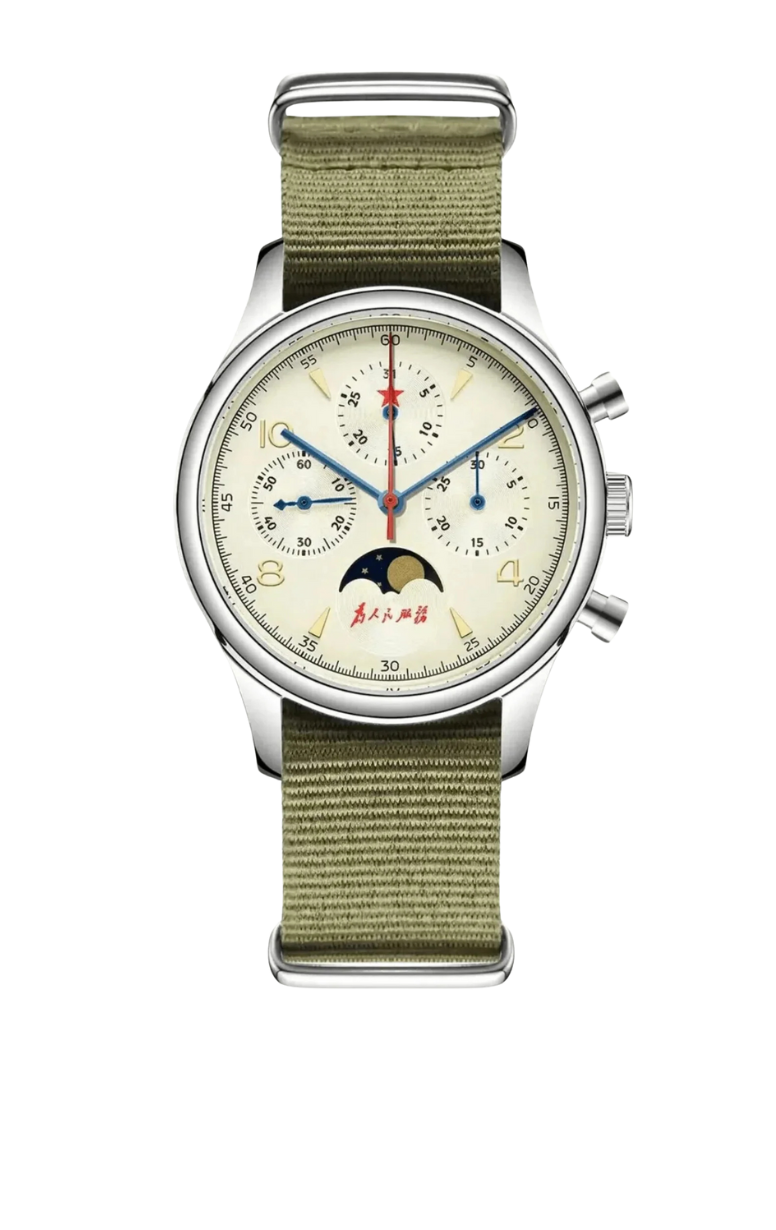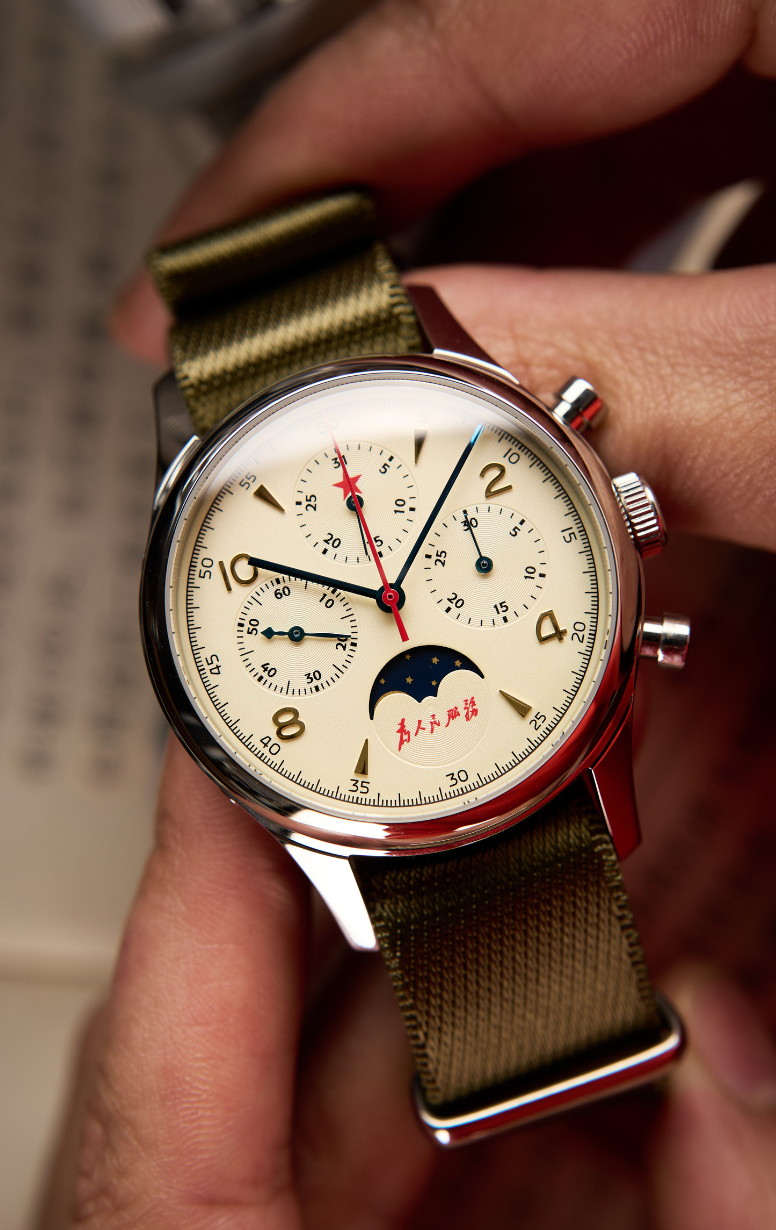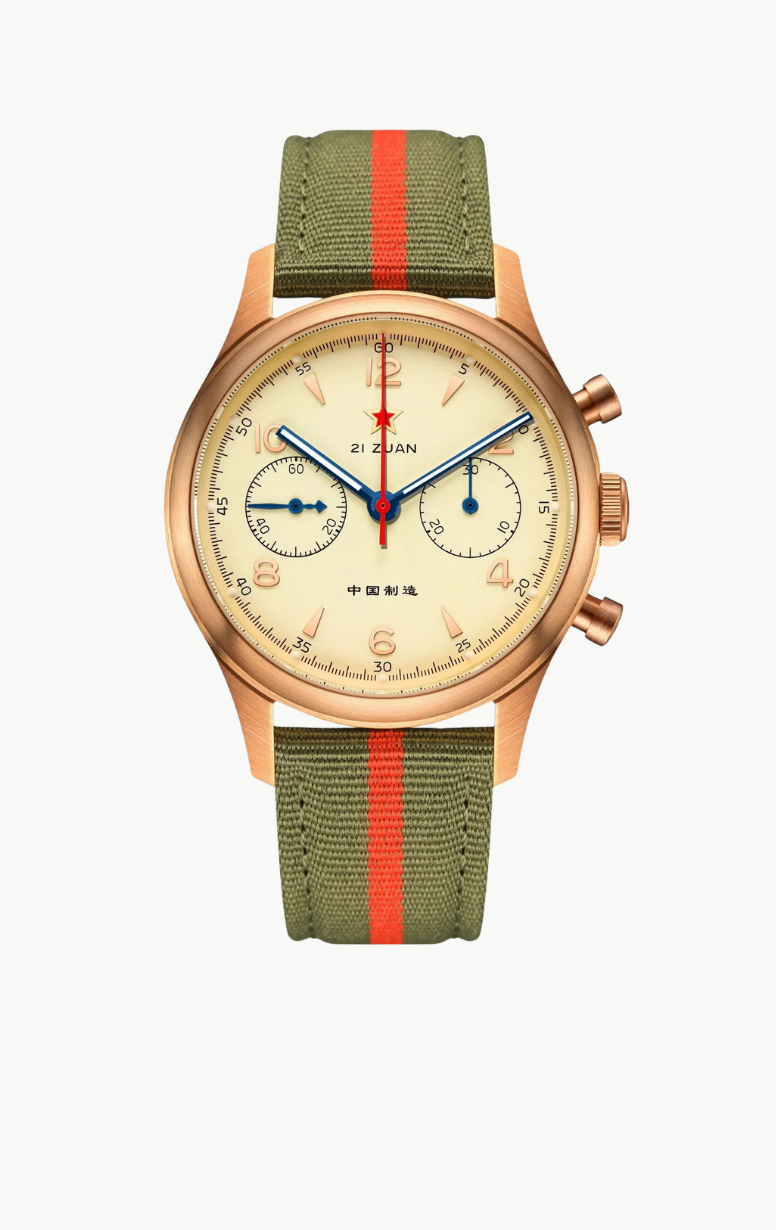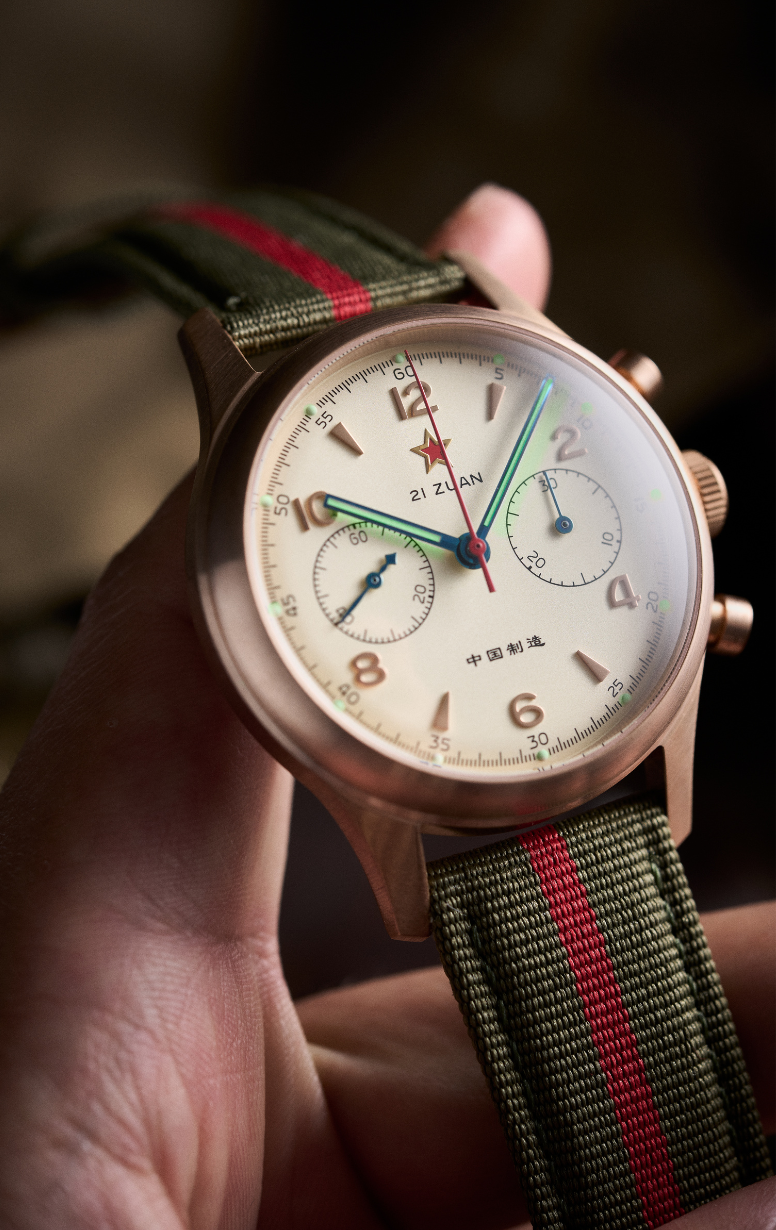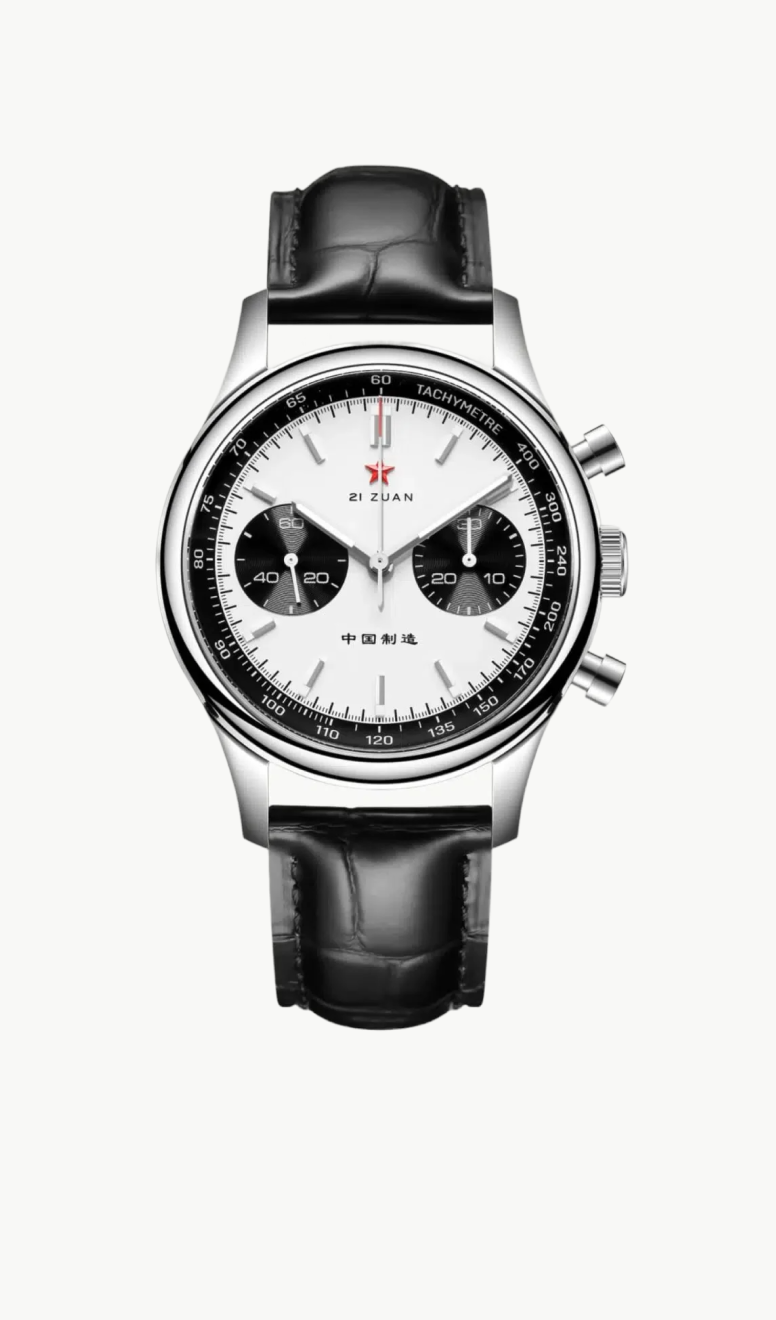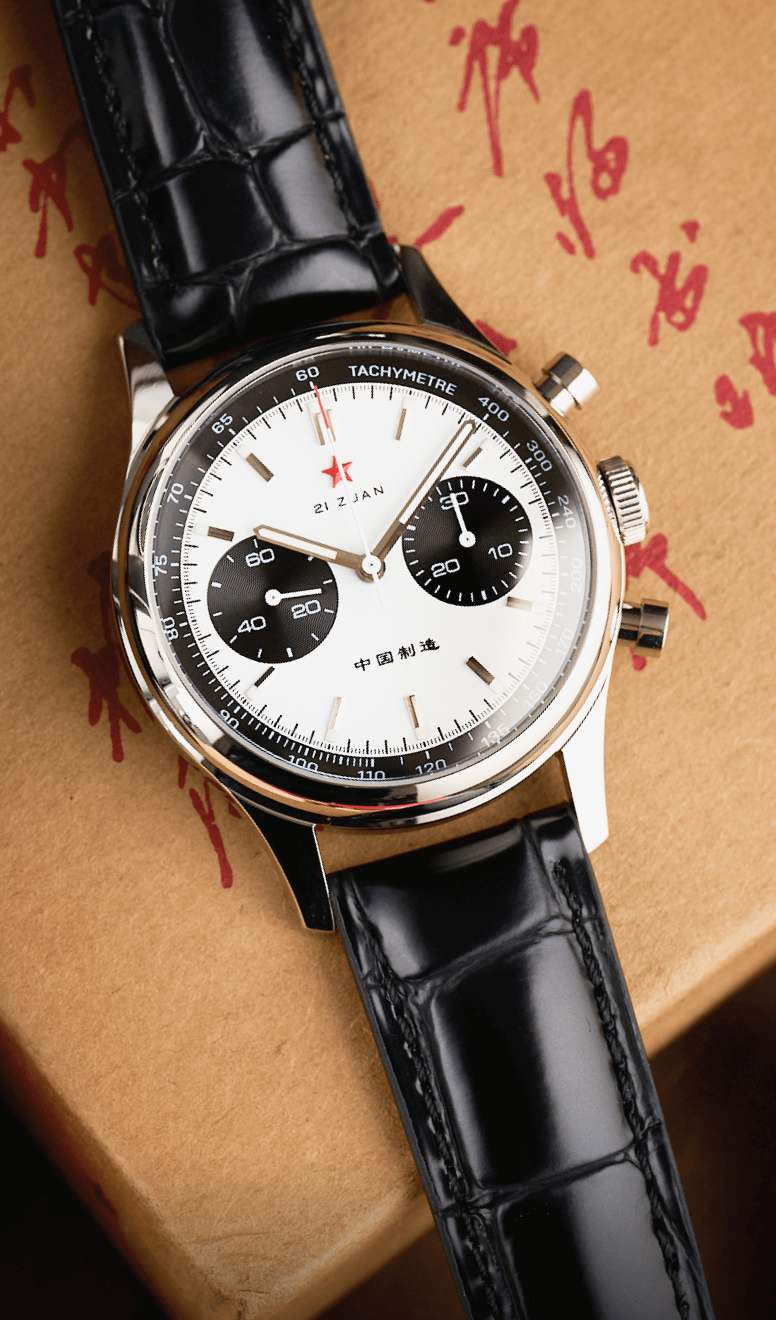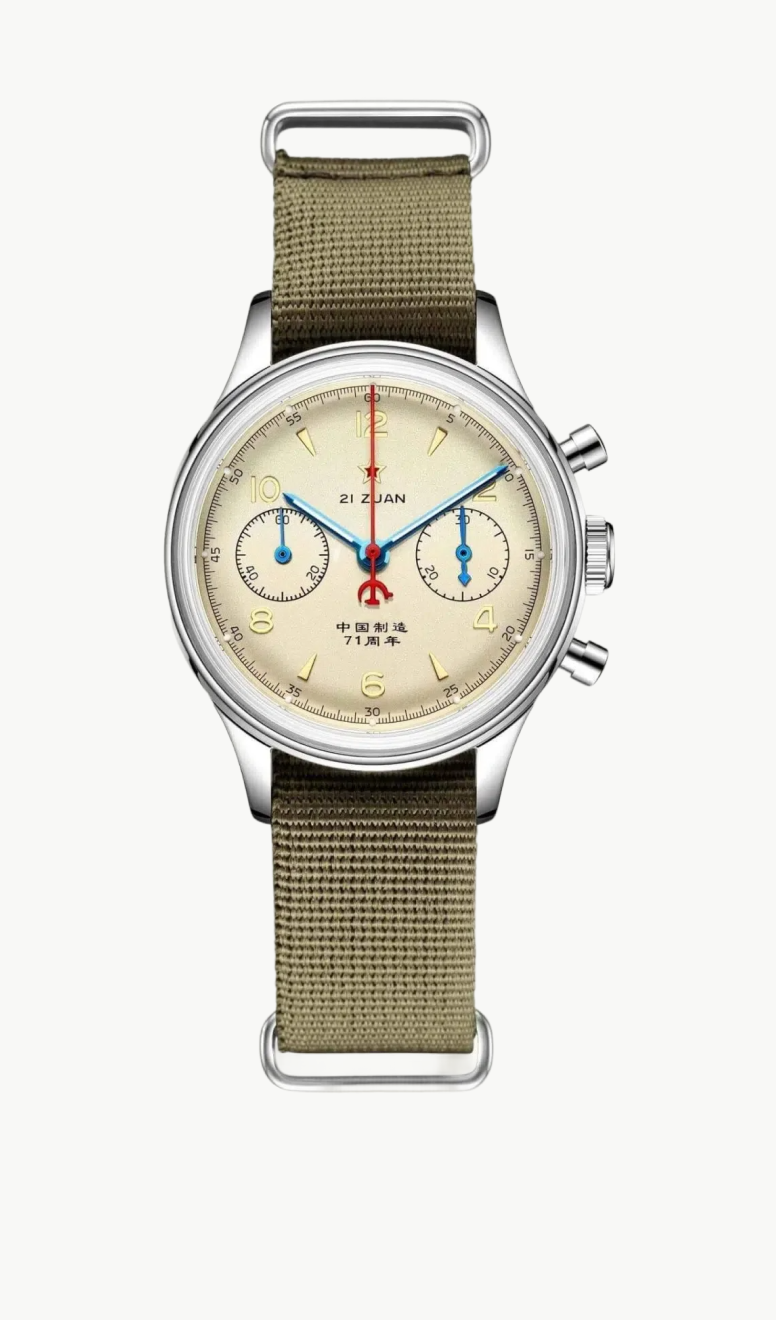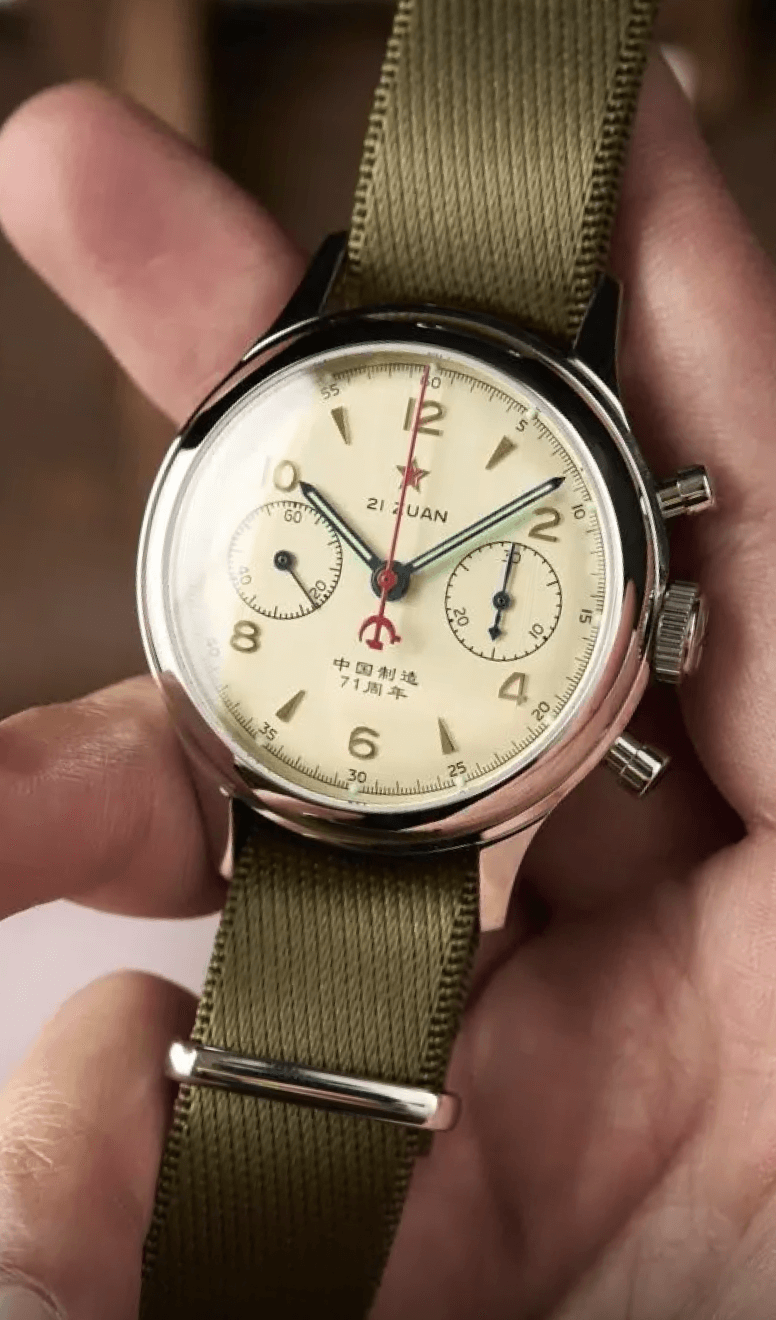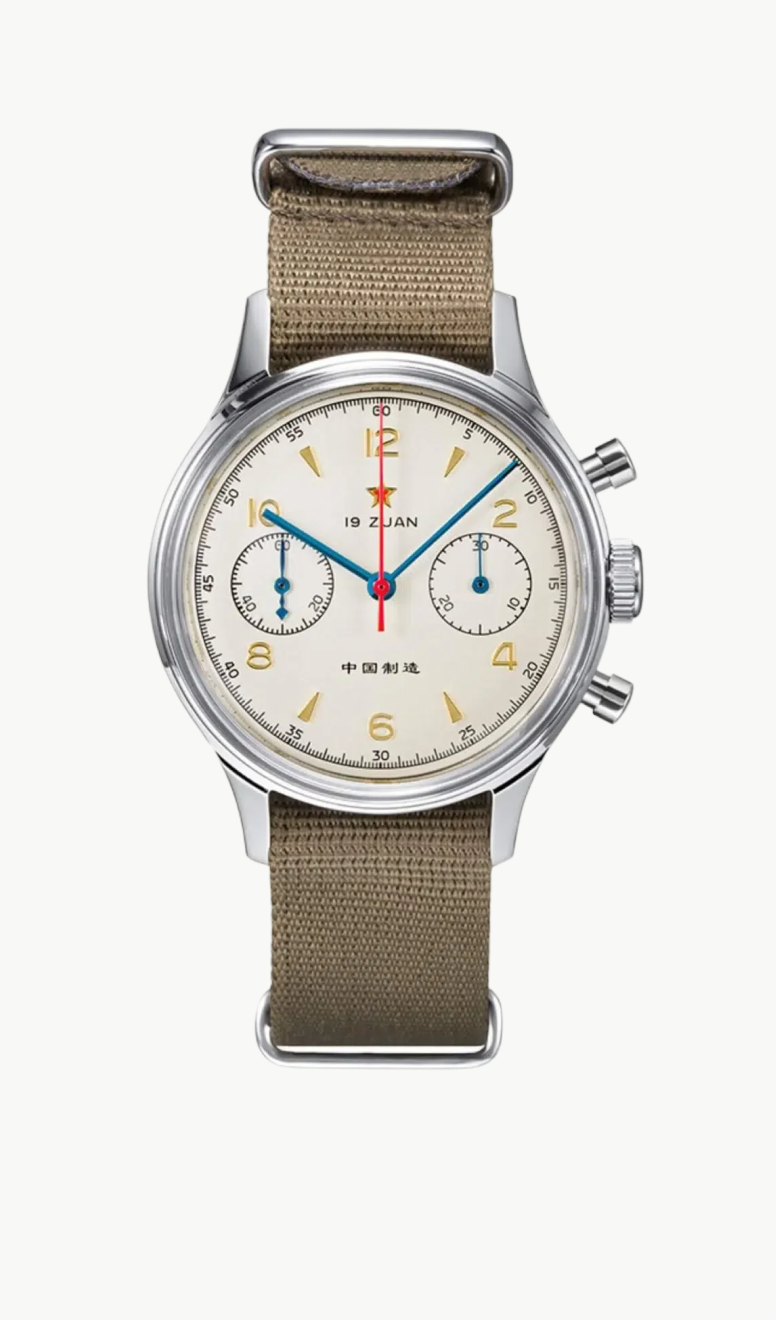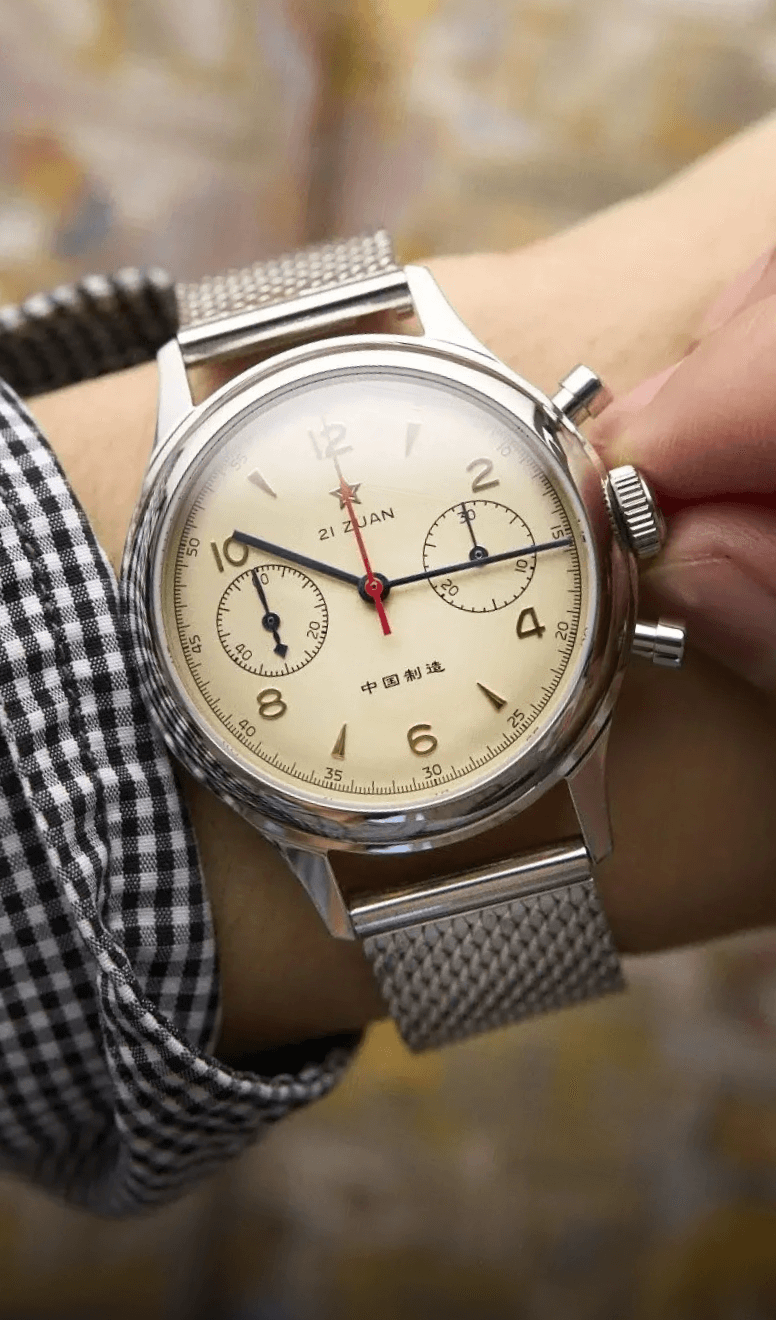The Seagull 1963 is the most fascinating watches to come out, or rather, be re-released, in a short period. It experiened a lot of attention from watch forums and fashion blogs because, simply put, it’s a great-looking and affordable watch with authentic vintage styling that pays homage to non-Swiss watchmaking history. Sure, if you’re a watch enthusiast, you’re very likely aware of the Seagull brand as a utmost manufacturer of movements and watches (including tourbillons), but you probably don’t own one. Your watch’s movement is most likely made by ETA, Ronda, Miyota, or Seiko (yes, making big generalizations, but wait for the point). Nonetheless, Seagull, or Tianjin Seagull, is one of the four (or three, depending on who you ask) largest watch manufacturers in the world today.
There are bargain brands, such as Android, Stuhrling, and Aeromatic 1912, and “homage” brands that use Seagull mechanical movements because they are less expensive and more accessible than their Swiss counterparts, but true Seagull brand watches are rare. It’s difficult to say whether this is by the stigma of Chinese manufacturing being cheap and unreliable, traditionalism in watchmaking that says “if it isn’t Swiss, it isn’t good,” a lack of brand recognition, or poor product positioning (or a combination thereof) without extensive market research… We all know how important “Swiss Made” is for a watch brand, and that “made in China” does not always inspire trust.
For relatively cheap watches, they appear to be primarily designed to compete in the luxury market. So, the Seagull 1963 has made waves as an affordable and sexy watch that should teach the brand how to bring a watch to the US market.
Overall, the Seagull 1963 is a fantastic watch that appeals to both novice and experienced watch enthusiasts. This watch is affordable, making it suitable for those on a tight budget. Furthermore, the Seagull 1963 is a breath of fresh air in the watchmaking industry, as Chinese watches are rare. Sampling a variety of watchmakers worldwide allows us to immerse ourselves in their cultures for a short time, which adds to the appeal of the Seagull 1963.
Specifications
When you first look at the Seagull 1963, you might think it’s just a simple quartz watch with a few features. In reality, it is a fantastic tool watch with robust functionalities. This is to be expected given the Chinese air force’s trust in the Seagull in 1963, to the point where strict confidentiality was imposed during its development. Let’s take a closer look at the Seagull 1963’s detailed specifications.
The 38mm stainless steel case of the original Seagull 1963 (Prototype 304) has an 11mm or 14mm thickness depending on the crystal used. To provide greater comfort to the pilots, the case was made smaller and lighter. The NATO or leather straps that come along the Seagull 1963 may be a little too thin for some, but they add to its comfort. The 38mm diameter and 11mm thickness provides a proportionate design scheme suitable for any wrist size.
The case back is screwed down to protect the watch’s inner mechanisms from water. The case back on the newer variations now has a see-through crystal, allowing wearers to look inside and see how the watch’s movement works. This is a now-common design that can be found in a variety of modern luxury watches. The Seagull 1963 is also water-resistant to 30 meters. Remember that this watch has a very thin case, so 30m of water resistance is already an incredible feat. The scratch-resistant crystal adds to the watch’s protection. Throughout the production of the Seagull 1963, there are numerous crystal variations. Because some models come with a domed crystal and others with a flat crystal, these crystals can change the watch’s dimensions. The domed crystal adds 3mm to the watch’s thickness, giving it a total thickness of 14mm. This variation is the original crystal that was used during the initial production of the Seagull in 1963. The flat crystal, which has a more uniform surface than the domed crystal, is only 1mm thick.
The dial of the Seagull 1963 is most likely its most distinguishing characteristic. The lean profile of the stainless steel case complements the clean off-white color of the dial perfectly, with no unnecessary styles or embellishments that impede the watch’s legibility. Each numeric character on the dial is visible due to the off-white dial. The applied indices on the Seagull 1963 are gold-plated. It has numeral markers for all of its even numerals but triangle markers for its odd numerals. The gold-toned hour markers look great against the off-white dial and are a popular color combination in the watch industry. The minute and second hands are located on the dial’s outer rim. Although these markers are small, they are visible and easy to read.
The two chronograph subdials are located at 3 and 9 o’clock. The size of these subdials is just right, not too small to be unreadable and not too large to make the dial appear cluttered. The dial features a red star with a gold outline below the 12th-hour marker, as well as the words “21 Zuan,” which translates to “21 Jewels.” This is about the embedded jewels on the caliber movement used in the watch. Chinese writing can also be found on the dial’s bottom, which is only natural given the country of origin. These characters spell out “China,” and beneath them is written “Tianjin Watch Factory.”
Caliber Movement
The Venus 175 caliber movement was used in the original Seagull 1963, which was released in 1961. This movement was commonly found in watches manufactured from the 1940s to the 1950s. The Venus 175 caliber is quite outdated in the modern era, so Tianjin Watch Factory has switched to the new ST19 caliber movement. The Seagull ST19 caliber is a hand-wound mechanical movement used in the reissued Seagull 1963 watch. The functions and features haven’t changed much, but the reliability and accuracy of the ST19 caliber movement allow the Seagull 1963 to compete with its modern contemporaries.
Surprisingly, the Seagull 1963 emphasizes the number of jewels on the dial rather than the caliber movement. The reason for this design is still unknown. Furthermore, when wound to its maximum capacity, the Seagull 1963 can last up to 45 hours. Winding a watch isn’t a particularly time-consuming activity, but it can be inconvenient if you forget about it, so the relatively long 45-hour power reserve comes in handy. In terms of dependability and utility, the ST19 caliber movement outperforms the Venus 175 caliber.
Conclusion
The Seagull 1963 is unquestionably a classic timepiece that deserves more recognition and respect. There are two main reasons why many people may be conflicted about purchasing this watch. The first is many counterfeits and knockoffs that have infiltrated the market because the Seagull 1963 is not manufactured by a single company. The second issue is the scarcity of official information about the Seagull 1963 on the Internet.
It is being said, there is no doubt that the Seagull 1963 is a fantastic timepiece with an intriguing history. The Seagull 1963 soared the skies with glory thanks to its noble purpose as an official aviation watch for the Chinese military. True, the original Tianjin Watch Factory Seagull 1963 is no longer available or extremely difficult to find.
